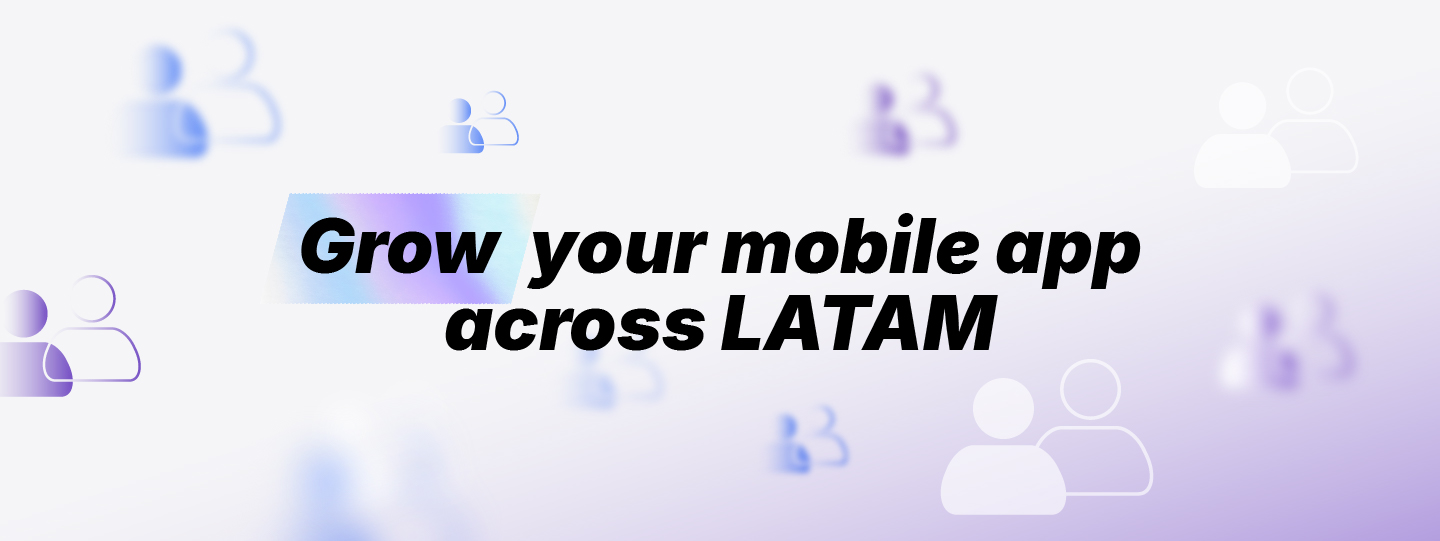Once you have defined the functionalities, and the acquisition and retention strategy of your app, you have to think about how to transform engagement into revenue.

In this post, we will review 9 strategies that you can perform in your app to generate income. The first thing you should know is that no miracle formula guarantees success. You must perform the one that suits your goals and your app attributes.
This form of monetization is one of the most popular used by apps such as HBO, Spotify and Netflix. The model is based on allowing access to part of the content of the app for free with some limitations, either of time or functionalities. The paid option removes the restrictions.
There are 5 types of freemium monetization:
It offers limited usage for a time or storage and users need to pay for more time or capacity. For example, Dropbox.
This model offers all the features of the app for a limited time to test them and after this period, users must pay to continue enjoying the app. For example, Netflix allows access to free content for a month.
The most common case would be game apps, where downloading the app is free, but accessing characters, special items, equipment, levels, etc. It has a cost.
The source of revenue for many free apps is in-app advertising. In these cases, users have to pay to remove it. This model is popular with streaming video or music services, such as Spotify.
These models can be combined. In Spotify, for example, being a premium user, in addition to accessing content without advertising, you can also access exclusive content and other features that the free user does not include.
2. Pay per downloadThe second app monetization strategy is pay-per-download. To generate revenue from your app, you can price it and upload it to stores.
This means that the only way for users to access your app is through a previous payment. This option is not recommended if your app does not have a validated business model. According to a Statista report, only 3% of Android apps are paid. And only 7% on iOS.
To apply this model successfully, your app needs to have a clear benefit so that users want to pay for it. It is also recommended to include videos that show how the app works. It is also essential that you achieve a good positioning in the Stores, for that you must have a well-optimized ASO (App Store Optimization). For users to be able to download your app, they need to find it easily in the store.
3. E-CommerceThis is a strategy that unites e-commerce and apps. Companies that already have e-commerce and want to add sales and loyalty channels. In this way, customers can buy through the web and the app. For example, the case of stores such as Amazon, Mercado Libre, Lacoste, or CAT.
4. Subscription appsSubscription monetization methods are those that require a payment from the user to access all app content.
Subscriptions can be monthly or annual, depending on the business strategy and objectives. An example of these apps are Netflix, HBO, and Spotify, which also respond to a freemium model. Digital newspapers, for example, offer the subscription option to see all the published content.
5. In-app buysThis is one of the most used gaming apps. Games usually offer special items that allow you to progress through the story. They can be packs that help you level up, have more lives, get more points, etc.
6. In-app adsAdvertising can be a way to monetize your app. The ads will appear on the user's screen every so often or after performing a certain action. This is very common in games, where advertising is offered for rewards to continue playing.
You can promote a third-party app within your app, and take a commission for each download. It is also possible to promote the products that a brand sells and keep a commission for each sale.
8. In-app sponsorship
Sponsorship is based on obtaining profitability in exchange for promoting a brand. You can make alliances with companies to promote their products within your app. For example, a clothing brand could add a special clothing feature for game characters to promote the launch of new clothing.
9. MerchandisingYou can sell your merchandise within your app. Any type of object that identifies your app. If you have recognizable characters or objects, they are a great opportunity to explore this strategy.
There are ways to monetize an app through loyalty. This strategy is based on offering a quality service. For example, in the case of banking, many users value the quality of the app to decide between one bank or another.
Each business and app has its characteristics that can make one or several strategies the best. There is only one way to find the right path, try, analyze, try, and re-analyze until you hit the nail on the head.
It is also essential to have strategic partners that allow you to grow by reaching potential users for your app, contact Rocket Lab today, having a growth strategy supported by professionals can make a big difference.
.png)
Published Dec, 23, 2025
